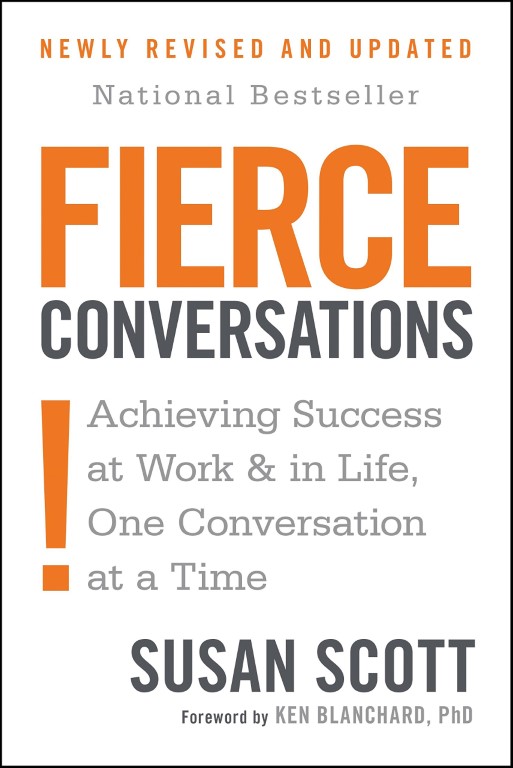A history of those little yellow notes
By Carlos Bilan, Staff Writer
It’s the beginning of the holiday season, which also means that it’s final exam season for the fall semester. In past issues, I’ve suggested the Pomodoro technique as a time management tool and the Habitica app as a habit-building app. Although technology is an amazing thing, the classic Post-it note has never let me down in keeping me up to speed about the tasks I need to do right away—including college tasks or studying for finals.
In actuality, “Post-it” is a registered trademark under 3M, but due to its impact and brilliant name, the term has become generalized for similar products. I can bet that when you hear or read the word “Post-it,” you probably have thought of any sticky note. Although, if you’re a brand loyal 3M Post-it consumer like me, you probably have thought of the compact stack of adhesives with the iconic bright yellow colour. Yup, the colour is also a registered company trademark.
The Post-it note actually has an interesting history. It is one of those inventions that was created by accident.
“It was part of my job as a researcher to develop new adhesives, and at that time we wanted to develop bigger, stronger, tougher adhesives […] This was none of these,” Spencer Silver, a scientist at 3M, said in an interview with CNN. Silver was persistent in convincing his colleagues of how useful his invention was, but failed. It was only six years after when Silver’s discovery revealed its brilliance. Arthur Fry, a 3M colleague, approached Silver during a company seminar and talked about how he would use pieces of paper to bookmark his hymnbook during his Wednesday night choir practice, but that the paper would have fallen out by Sunday morning. Fry needed a bookmark that would stick to the paper and not damage the sheets. The team then started using the sticky notes as a mean of communication and subsequently realized the idea’s potential. They still struggled to get people on board with the idea, but finally, in 1980, after testing it in the market extensively, 3M released the product. The Post-it ultimately became a massive success, and history was made.
I use Post-its every day. In fact, I always have at least three Post-it notes on the wall by my study desk. I even bring a small stack with me to college so when I study in the library, I can write down on the adhesives what I have to accomplish during that study session and stick it on the wall-like surface of the study desk in front of me. I also write my schedule for the day on the Post-it, like what time I have to eat, or some positive words of encouragement that can serve as a mantra. Simply seeing a physical reminder in front of me ensures I get things done.
3M’s Post-it does not only come in yellow; they can be multi-coloured. Personally, I prefer the classic soft bright yellow Post-it. I think the colour yellow used by Post-it connotes a sense of urgency and grabs your attention, but not to the point that it distracts you. When I have to categorize my Post-it notes, I use different coloured markers to write on each note separately. For example, one colour represents a task for one of the subjects I’m studying and the others get different colours.
Post-its can be a great tool for keeping up to date during exam season when you need to keep reminding yourself to finish the reading or write notes. If you find yourself forgetting to do things and haven’t been using Post-it notes, then I strongly suggest you put it into practice. Who knows—you might end up becoming a Post-it enthusiast like me.

